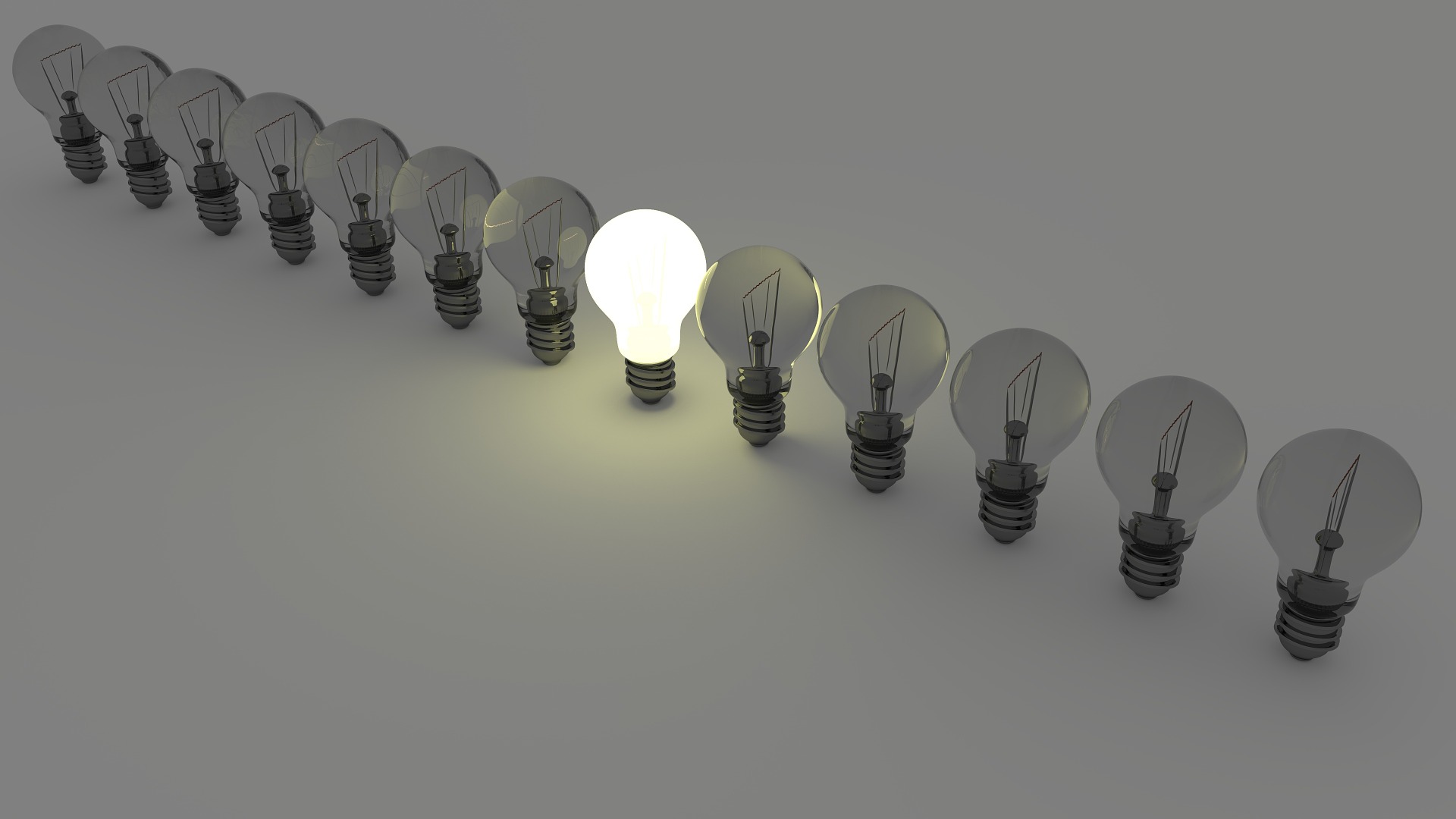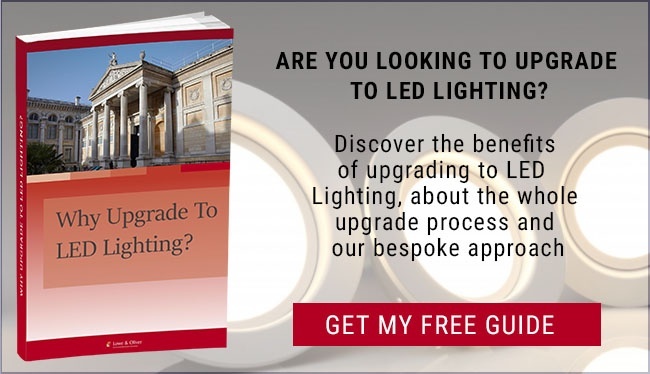
Although LED cost per unit is higher compared to incandescent lighting, energy savings are high. The Energy Savings Trust estimates the annual running cost of one halogen is £11, and the equivalent LED, just £2. Nowadays in new builds, LEDs are being installed as a matter of course. With halogens already being phased out, people and businesses are reaping the financial reward of lower utility bills by switching from halogen and fluorescent lighting to LEDs.
The History of LEDs
The history of the light emitting diode goes back to 1907, but they weren’t used widely commercially until the 1970s. By the late ‘70s diodes were available in red or green light versions and produced much brighter light than the originals. In the 1990s, the first blue and white LEDs were produced, opening the door to wide scale adoption by offices and commercial enterprises.
The Big Benefits of LEDs
While the initial cost of full conversion to LEDs is still relatively expensive compared to old style incandescent lighting, the bigger picture has to be considered to get a real idea of the cost.
Already in large public and commercial buildings, savings of over 80% per annum on utility costs are being noted. The lifespan of a basic LED unit is ten to twelve times that of an old incandescent bulb. Don’t compare the cost one to one. The comparison should be the cost of twelve standard bulbs, to one LED bulb. Coupled with the lower maintenance needs of long life LEDs, the savings continue to mount.
LEDs & Lighting Regulations
LED lighting is far more efficient. EU and UK regulations stipulate that, in commercial and public buildings the lighting design must provide at least 55 lumens per watt. Old standard lighting and fluorescents can lose as much as 40% of their light output ratio, while with LEDs this loss is just 10%. Modern LED installations can be low voltage (12 – 48vdc), or mains power (110 – 220vdc), and can include dimmers and light and movement sensors, to make your installation as efficient as possible.
Finally, heat output with LEDs is greatly reduced and light quality far superior to old fluorescent lighting. All of this provides a better working environment for staff and a happier, more productive office or shop floor. While you get an excellent return on your investment
More Information
For more information on the benefits of LED lighting, please download our brochure, Why Upgrade to LED Lighting, or email info@loweoliver.co.uk to request a call back.
Image Source: pixabay.com




